Emerging Trends in Health Technology


Artificial Intelligence
Artificial intelligence (AI), or machine learning, might sound like science fiction. But it's among many high-tech tools that have already found their way into medical care. By analyzing medical images, computer algorithms can spot some cancers as well as expert radiologists. They can use your health history to predict your risk for health conditions. And they can hunt down treatments that are effective and affordable for you.

Chatbots
Chatbots are computer programs that communicate with people through text or voice. Powered by AI, they answer medical questions much like an automated nurse line. Chatbots can also tell you when it’s time to:
- Take your medicine
- Do your physical therapy
- Schedule a doctor visit
If the chatbot “thinks” you need human help, it could send an alert to your doctor too.
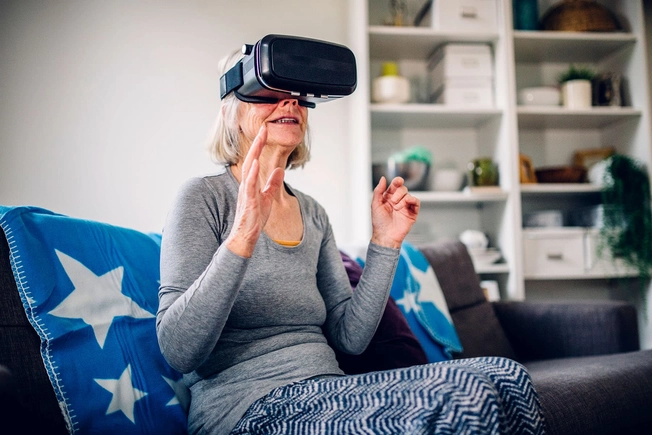
Virtual Reality
You may think of virtual reality (VR) as something from video games. But doctors use VR simulations to learn to do surgeries and other procedures. VR can also help them understand what life is like for patients with dementia, migraines, or other conditions. Doctors can prescribe a VR device that uses behavioral therapy techniques to ease chronic back pain. They might also use VR to reduce stress during chemo or other treatments.
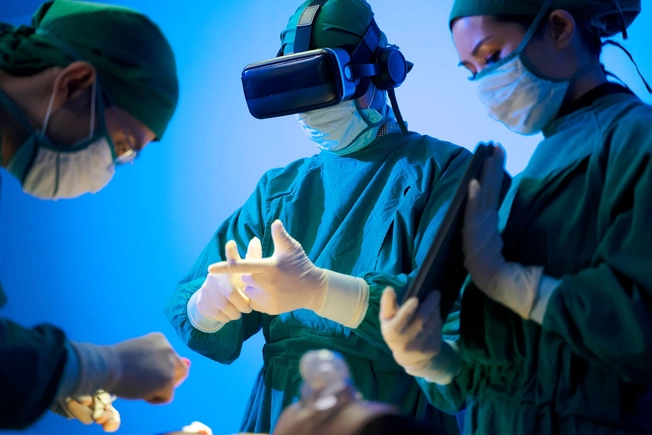
Augmented Reality
In augmented reality, virtual information is integrated into the real-world environment. Doctors use it for training. Surgeons have also started to use it to guide them through tough procedures. They can overlay an MRI or CT scan on top of your body to “see” what’s beneath the surface. This lets them reach the right spot while avoiding blood vessels and other areas they don’t want to hit.
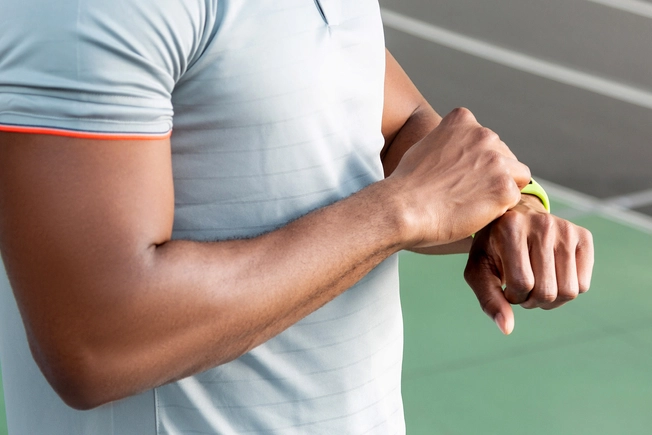
Wearable Technology
Your smartwatch can motivate you to stay active. Other wearable devices help detect health problems early on by monitoring things like:
- Heart rates and rhythms
- Blood pressure and oxygen level
- Problems in the way you walk
Some send the info to your doctor, usually through your phone. These devices are part of what's called the Internet of Things (IoT), the collection of connected digital devices that gather, share, and store data.
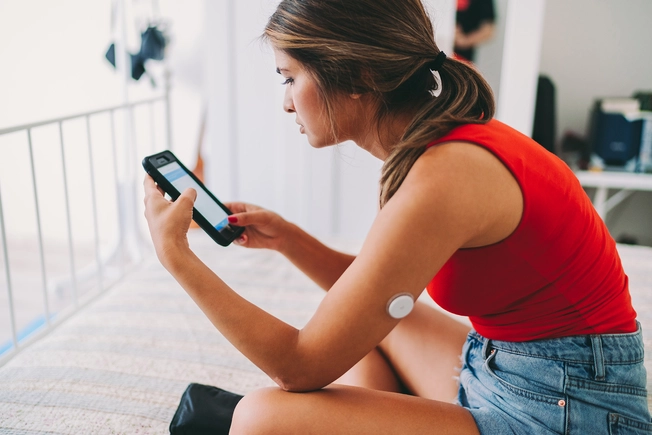
Continuous Glucose Monitors (CGMs)
Perhaps the best-known type of medical wearable, these devices track blood sugar levels 24-7. If you have diabetes, that means you can check your glucose on your smartphone without a finger prick. They alert you to trouble around the clock and work together with your insulin pump, if you have one. You can also share real-time data with doctors and loved ones, and see how you’re doing over time with charts and graphs.
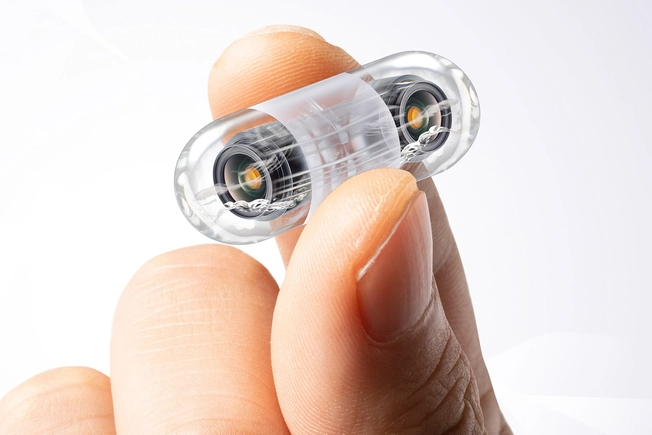
Smart Pills
“Smart” pills are tiny devices you swallow like a capsule. Some are actual medications and some are diagnostic devices. Digestible sensors, imaging, or microchips are packed inside to capture information. They can help diagnose gastrointestinal problems, take your temperature, or find out how much acid is in your stomach. They also show whether you're taking your meds as you should. In the future, experts say they’ll be mainstream.

“Smart” Beds
Another IoT technology is the electronic medical bed, which uses various technologies to help you stay comfortable, safe, and well cared for. These beds let someone know if you get up, fall, or get agitated. They figure out where pressure points are to keep you from getting sores if you have to stay in bed for a long time. They also keep tabs on vital signs, like your breathing, temperature, and heartbeat.

Robotic Surgery
With the help of robots, surgeons can operate with more accuracy and control. They use cameras to get a 3D view while they control the robot by computer. Surgeries can be less invasive, thanks to robot arms that can squeeze through tiny incisions. Robotic surgery may mean:
- Fewer complications
- Less pain
- Faster recovery
Surgeons use robots for many common operations, like:
- Gallbladder removal
- Hernia repair
- Hip replacement

Electronic Health Records (EHRs)
When your health records are available electronically, all your doctors have fast access to your information. This helps them coordinate your care, avoid mistakes, and share updates with you and each other. Like paper health records, EHRs are subject to privacy protections and security safeguards. Applying artificial intelligence to EHR data from many patients could lead to better diagnoses and treatment.

Blockchain Technology
In blockchain technology, many computers record transactions. Each "block" of data is linked, or chained, to the one before it in ways that can’t be changed. This technology started in cryptocurrencies. In health care, it helps to securely record and send data in electronic health records. It protects information that comes in from wearables. And it can be used in tracking outbreaks of disease.
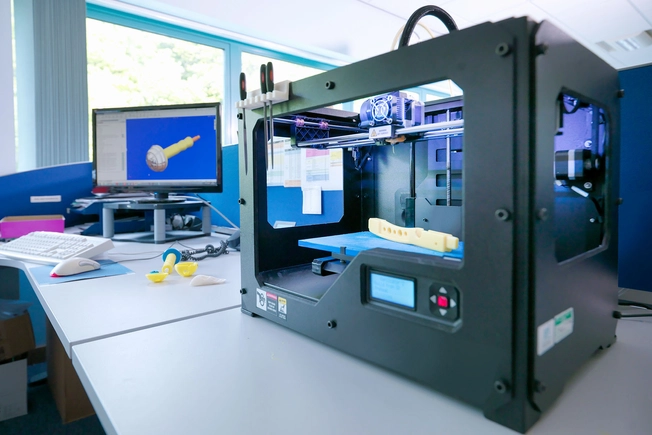
3D Printing
3D printers can make medical devices, such as dental crowns and replacement joints, that are perfectly matched to your body. They've been used to "print" medicines in specialized formulas and dosages. Down the road, they might be able to combine multiple meds into a single, personalized pill. Researchers hope that 3D "bioprinters" of the future could print living skin grafts and other replacement tissues or organs.